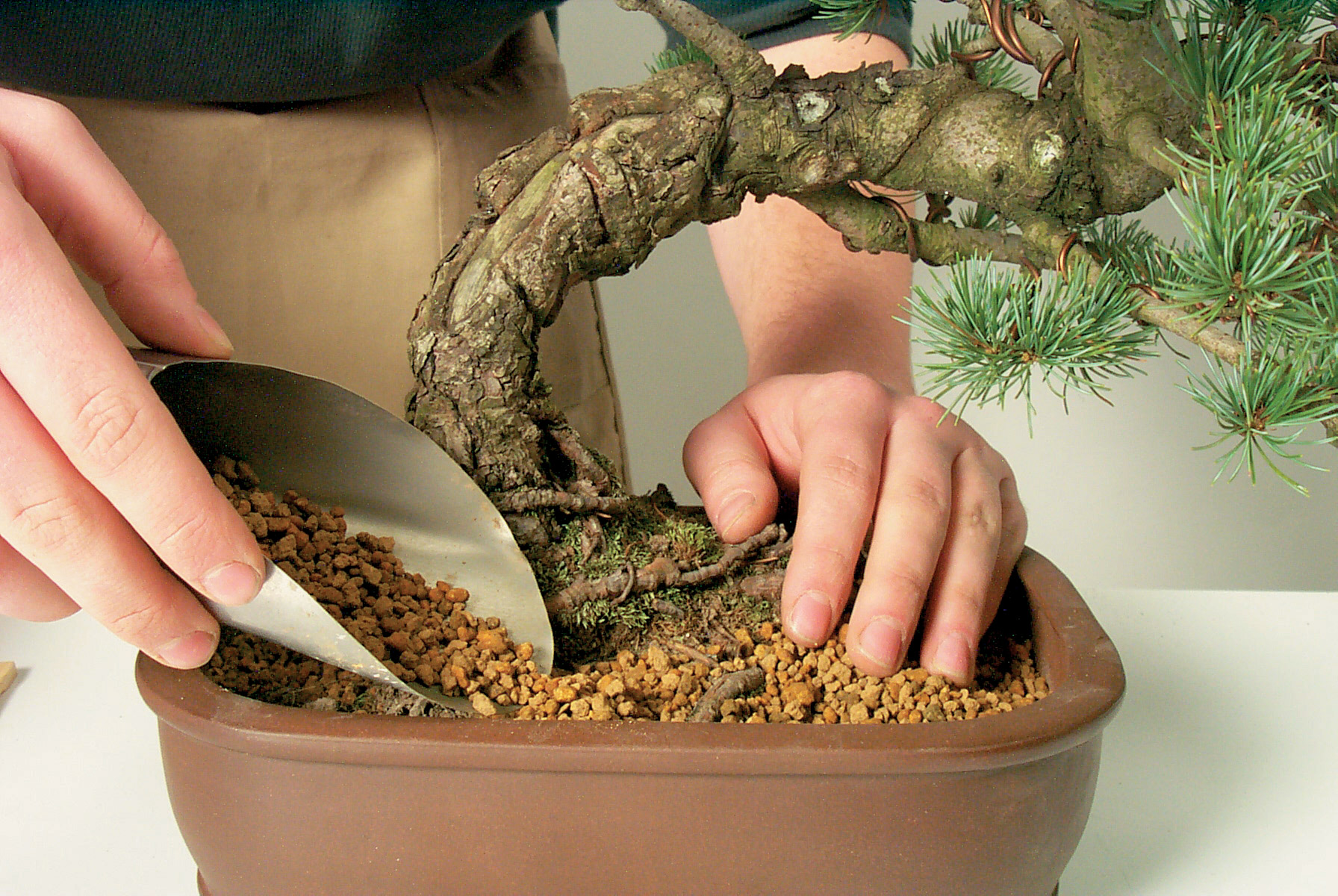
Repotting a bonsai is an important procedure that must be done every two years during the plant's early years, while for adult plants it can be done every 4-5 years. Since bonsai roots grow very slowly , moving the plant from one pot to another more frequently would cause excessive stress and risk damaging it. Generally speaking, a bonsai needs repotting when the roots begin to surround the root system : this means the plant is looking for space because the available space has become insufficient. If, however, the roots are still well-integrated into the soil, it is advisable to wait another 12-18 months before checking again and planning repotting . Regularly
changing pots is essential to prevent the tree from growing disproportionately and excessively, filling the bottom of the container with its roots. If this were to happen, the plant would no longer be able to receive the nutrients it needs, while regular repotting ensures proper growth and the opportunity to receive the nutrients it needs .
The transfer from the old pot to the new one should be planned in early spring, when the plant has not yet awakened and will therefore be less affected by the stress of repotting.
Furthermore, if damage were to occur during the transition to the new container, with the arrival of spring the plant would be able to repair the errors more quickly when it begins to grow and develop roots again.
When repotting, it is important to carefully thin out the roots, eliminating the thickest ones and those lacking capillaries ; it is important to know that if the roots are thin, the bonsai's crown will be healthy and its growth will be more harmonious and energetic. When repotting, it's important to pour sifted soil into the new container to ensure it contains granular elements , which help water drain and prevent soil from seeping through the sieve, thus encouraging the growth of fine roots.
0 commenti :
Post a Comment